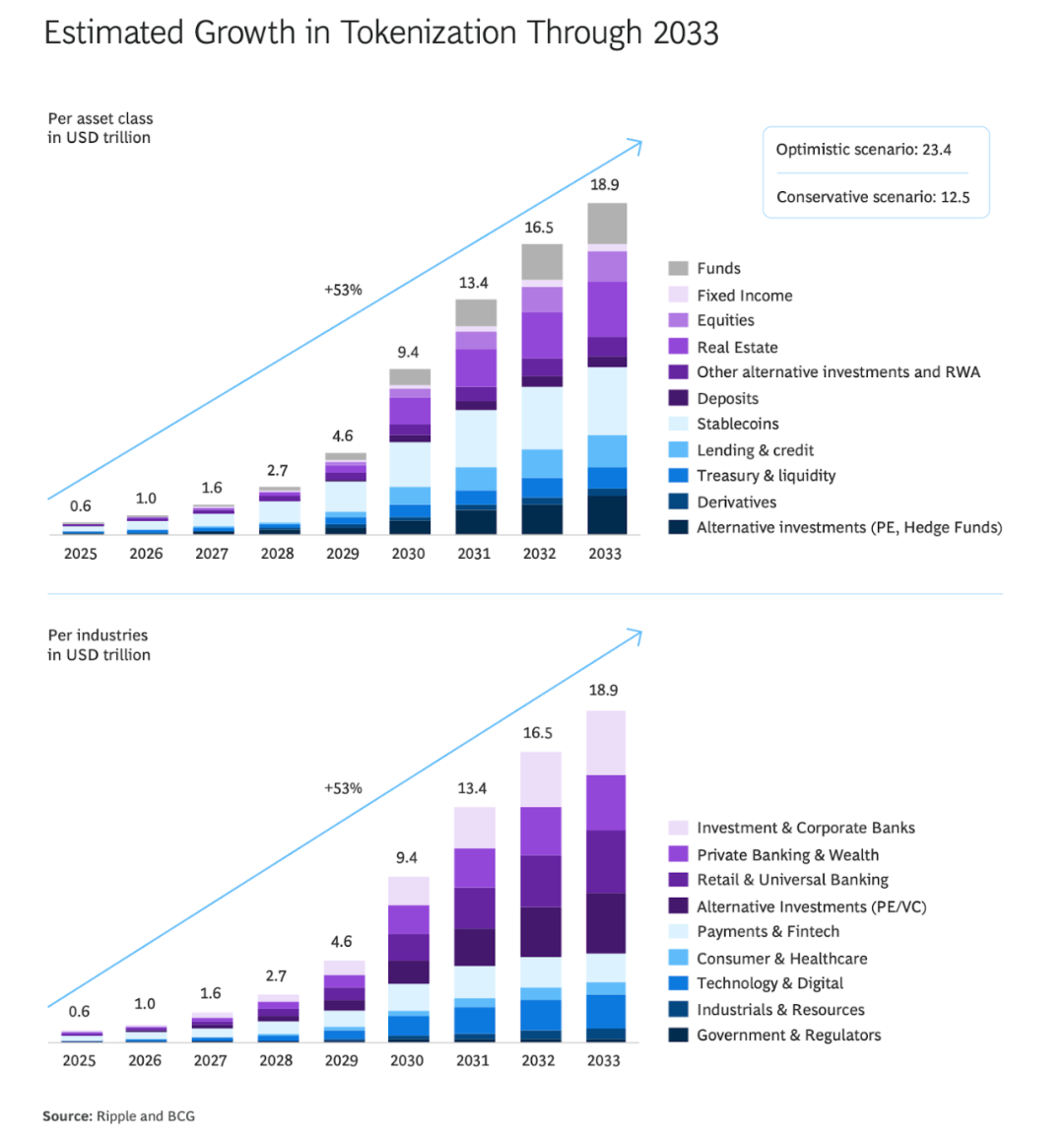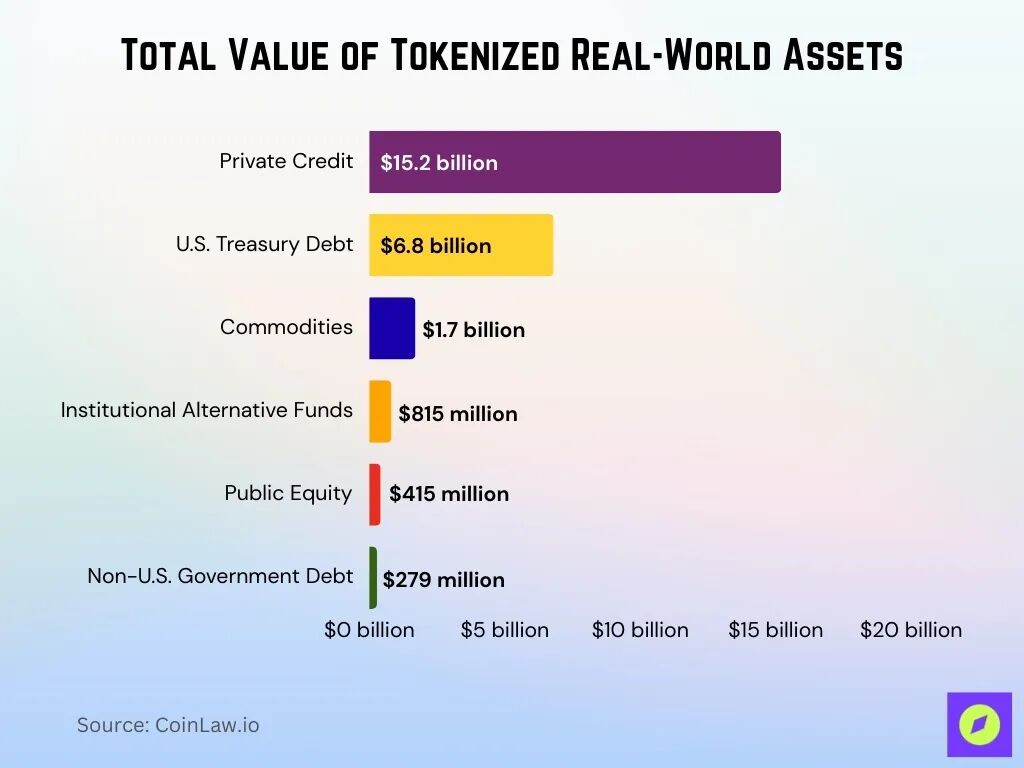The tokenized real-world asset (RWA) market is expected to reach nearly $300 billion in 2025, with some forecasts suggesting it could reach $30 trillion by 2034.
This momentum was primarily driven by stablecoins, with the supply of stablecoins on the Ethereum chain alone hitting a record high of $165 billion this week.
But with the current situation of high transaction fees, high friction coefficient and clunky user experience, can blockchain infrastructure support such huge demand?
Despite all the progress in the tokenized RWA space, crypto innovators are well aware that a truly seamless system remains a moving target.
“It’s still evolving,” admitted Aishwary Gupta, head of global payments at Polygon Labs.
Aishwary, who has a background in Web2 payments and fund management at American Express (formerly responsible for "cross-border capital flows"), believes that the problem is not the technology itself, but the underlying technology is evolving rapidly.
Aishwary emphasized that old scaling challenges are rapidly receding, only to be replaced by new obstacles, such as regulatory barriers and liquidity bottlenecks.
Four years of tremendous changes: from hardship to dawn
Aishwary joined Polygon in 2021 as its first full-time employee for DeFi. Comparing the state of tokenized payments today and then, he described the difference as night and day. He recalls that four years ago, fees were higher and the user experience was less satisfying.
"Four years ago, users had to pay 5% or even 10% on-chain entry fees. They might try five entry platforms before finding one successful one. From that point to today, it has become much easier to complete transactions and fund entry operations. We haven't fully evolved yet, but from a four-year perspective, the process has become much smoother."
Aishwary pointed out that the core problem is that fee structures are influenced by market dynamics and a patchwork of regional regulations: "In a given market, only one or two institutions are licensed or in a liquidity sandbox. The number of participants who are actually authorized to operate deposits and withdrawals is very small, so you see all kinds of arbitrage... It only costs one cent to transfer a billion dollars on-chain, and the real bottleneck is regulatory arbitrage."
Regulatory Clarity: Who’s Leading the Tokenization Race?
If stablecoin issuers and RWA providers are exploiting regulatory arbitrage, where are they headed? Which regions are laying the groundwork for a multi-trillion dollar explosion, truly embracing the technology and pushing it forward?
Aishwary pointed to four core regions: the United States, Singapore, Europe, and the Middle East. “These are the key markets where we are seeing high adoption.”
He said the United States is moving from a long-term laggard to a leader, thanks to increased regulatory transparency.
As BitMEX CEO Stephan Lutz said a few weeks ago, the Trump administration turned the tide overnight with the passage of the GENIUS Act, which sets clear standards for stablecoin issuance and provides long-awaited regulatory certainty to U.S. issuers.
Singapore is another pioneer in tokenized RWAs, particularly stablecoins.
Its Payment Services Act and Financial Services and Markets Act establish a clear licensing system for digital token service providers, which are strictly regulated by the Monetary Authority of Singapore and comply with relevant international financing standards.
Large enterprises such as Nium, Zodia Custody and Crypto.com have chosen Singapore for its innovative payment channels and regulatory framework.
Aishwary shared, “After the US dollar payments sector, Singapore dollar transactions rank second in terms of volume.”
Aishwary sees Europe as a prime example of a "steady but slow" economy. While MiCA (Markets in Crypto-Assets) regulations still need to be refined, he believes they have done "extensive due diligence" for stablecoin issuers, and that established companies like Bitstamp and Fireblocks already offer regulated digital asset payment services under the MiCA system.
The Middle East is not lagging behind. Taking Abu Dhabi as an example, regulators have clarified the requirements for banks to issue stablecoins and established clear guidelines for reserve management and compliance.
Idle capital always pursues returns
Given Aishwary’s reference to the GENIUS Act, we asked for his thoughts on provisions prohibiting stablecoin issuers from paying any form of interest or income to holders.
He said: “The problem is that idle capital in banks can at least earn some interest (although not much, but still a return). If on-chain dollars can provide higher returns than off-chain, users will naturally be willing to keep their funds on-chain, which actually impacts the entire bank’s capital flow.”
In fact, traditional financial institutions and crypto-native asset management firms are increasingly seeking returns from on-chain products such as tokenized U.S. Treasuries, private credit, and regulated money market funds.
As of mid-2025, the assets under management (AUM) of tokenized treasuries exceeded US$7.4 billion. Major institutions such as Goldman Sachs, Bank of New York Mellon, and Securitize are actively allocating funds to these products to obtain higher returns, instant settlement, and flexible collateral advantages, which often outperform traditional off-chain banking instruments.

RWA Trends Beyond Stablecoins
We shifted the conversation from stablecoins to other trends in tokenized RWAs. While tokenized stocks are becoming a hot topic on centralized exchanges like Kraken and Coinbase, as well as DeFi platforms like Synthetix and Mirror Protocol, Aishwary remained calm and analyzed:
“Everyone is chasing tokenized stocks and thinking this is the best direction, but Polygon tried tokenized stocks a year and a half ago, and it didn’t work. There wasn’t enough demand.”
Why is there so little interest? He explained: "Unless you are from certain specific regions and cannot access Apple stock, users in any region of the world (including India and Dubai) already have Apple stock in their bank accounts. Tokenization has not reached the people who really lack access channels."
Furthermore, liquidity remains an unresolved issue. "On-chain liquidity currently presents significant challenges, with insufficient liquidity often leading to users receiving inferior quotes or exchange rates." This isn't the breakthrough many had anticipated.
Commodities and non-USD stablecoins
Aishwary sees real potential in the world of tokenized currencies in two underappreciated trends: non-dollar stablecoins and tokenized commodities.
“Polygon holds 50%-60% of the total non-USD stablecoin market share and is still growing rapidly. We are actively expanding in this area. The tokenization of commodities (such as gold and silver) is also important, aiming to increase their accessibility and trading convenience.”
Globally, non-USD stablecoins already account for approximately 30% of active cross-border channel transaction volume outside the United States.
The global market size of tokenized commodities is expected to reach approximately US$25 billion in 2024, of which gold tokens are worth approximately US$1.7 billion, and the share of oil, silver and agricultural product tokens is steadily growing.

Aishwary added: “These commodities or assets are already on the blockchain, but they haven’t developed into an independent ecosystem. That’s the missing link.”
The Road to $30 Trillion
As tokenized RWAs move toward trillions of dollars, it will be interesting to see how the market landscape evolves. With global governments accelerating their accumulation of hard assets and gold prices hitting record highs for strategic reserves, it's logical for tokenized gold to follow suit.
In just a few years, tokenization has evolved from a proof-of-concept pilot to a global infrastructure, with billions of dollars pouring into diverse real-world assets across continents.
The key to the future lies not only in capacity expansion and clearing regulatory barriers, but also in how the industry can unlock new types of value and utility, going beyond the revolution already initiated by stablecoins.







